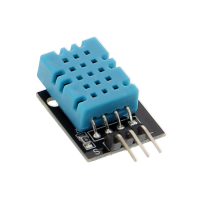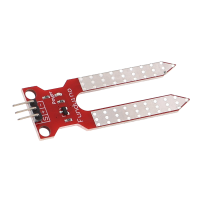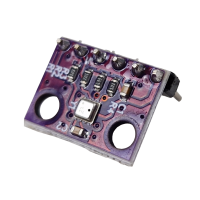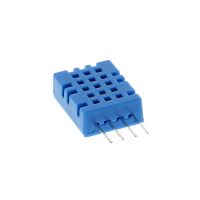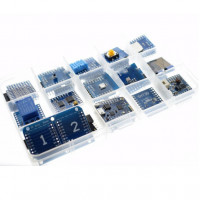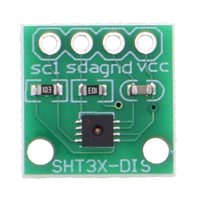Moisture sensors for microcontrollers - how does it work?
A short definition in advance: Humidity refers to the degree of water content of a certain test object. Admittedly, this sounds relatively boring at first, but on closer inspection it is an incredibly exciting topic, because we encounter moisture in many places in our daily environment.
Moisture sensors help us to determine this level of moisture and thus derive measures. So far, this is actually quite logical, but what does it mean exactly?
Let's take a look at two examples: While too moist firewood annoys us in winter, we are happy in summer when the soil of our beloved houseplants is sufficiently watered. In both cases, moisture sensors help us to achieve the desired level of moisture.
The best-known measuring principle here is probably capacitive humidity measurement. Here, the conductivity of the dielectric (a non-conductor) located between two measuring rods is determined by reading the change in the electric field. The capacitive humidity measurement is therefore a relative humidity measurement.
Practical tip for using humidity sensors with Arduino microcontrollers
With single board computers like the Arduino UNO or the ESP32 you can build relatively easy and cheap electronic circuits that are used to monitor the humidity level. The selected sensor supplies measured values to the microcontroller at time intervals. These measured values are then output on a display (such as the OLED SD1306) or used to stop the water supply, for example, as part of an automated greenhouse. There are no limits to your ideas!



